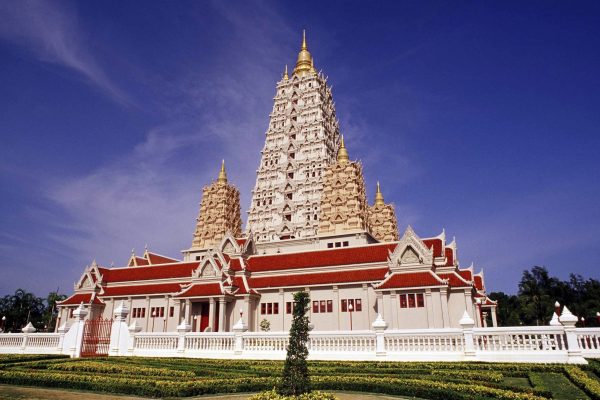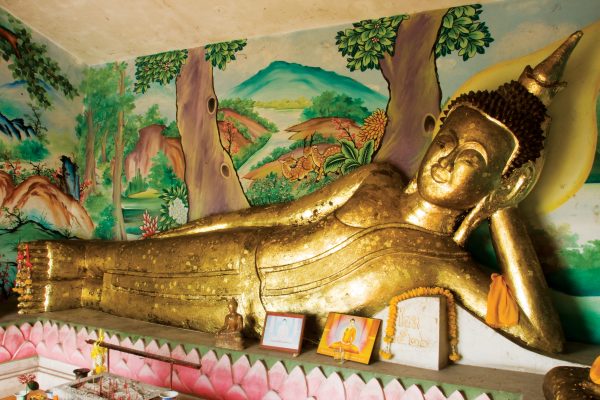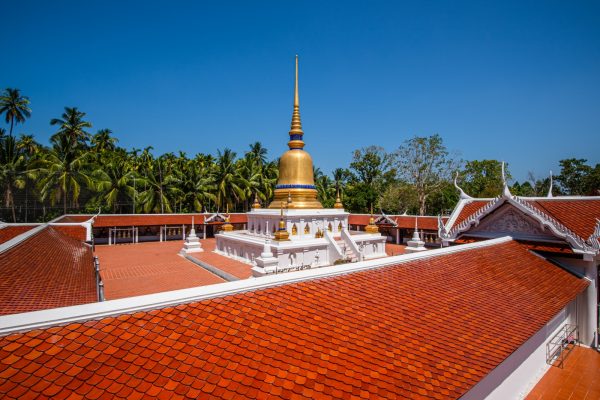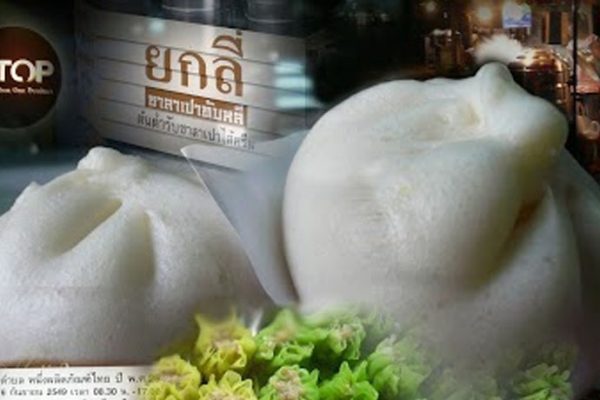
SuwanKiri Temple (Wat Na Muang)
SuwanKiri Temple or locally known as Wat Na Muang is located at 8 Chart Chalerm Road in the district of KhaoNivet. It is right opposite Chart Chalerm School in Ranong’s city centre which is on highway 4004 (Ranong-Paknam). The temple is over one hundred years old and is the very first temple that was built in the province. Within the temple there are countless Myanmar art forms and architecture which are worth paying a visit for. There is also a standing image with spectacular designs and also an incredible Bell which is adorned with cat figure engravings.Originally SuwanKiri Temple was named SuwanKiriTaram and was located on the shores of SomPaan Beach in the District of Bang Rin. Due to its location and frequent flood issues during the rainy season, it was decided that the temple had to be relocated. During King Rama V’s expedition to Ranong on April 23, 1890, acknowledging the problem he advised Phraya RattanaSethi (CorSim Kong) who was Ranong’s governor to search for a new location and build a temple. The newly constructed temple was built on land granted from King Rama V and a main hall was constructed. The purpose of this hall was different from typical temple quarters as it was specially created for Buddhist monks’ consortiums. The name SuwanKiriWiharn was granted by King Rama V to the newly relocated temple.The chedi of SuwanKiri Temple adopts Burmese architectural style which is more than 100 years old. It has a circular base elevated from ground level at approximately 80 centimeters. The roof is pointy and is 13 metres high. Each of the 4 walls surrounding is 1 metre in height and 2 metres in width. The chedi itself is paved with brilliant white cements while the peak of the artistic roof is adorned with shiny brass and sparkly crystal like items. The main leader and funder of the building of this temple is Mrs. PuaSaiKhai who is a Buddhist follower. She funded the construction of this temple as she believes that building a chedi for public use will bring her luck and good fortune in years to come. Nowadays, Burmese who had migrated to Ranong have conserved the temple very well by keeping the area clean and closely providing maintenance. The department of Fine Arts has registered it as a significant national treasure.




